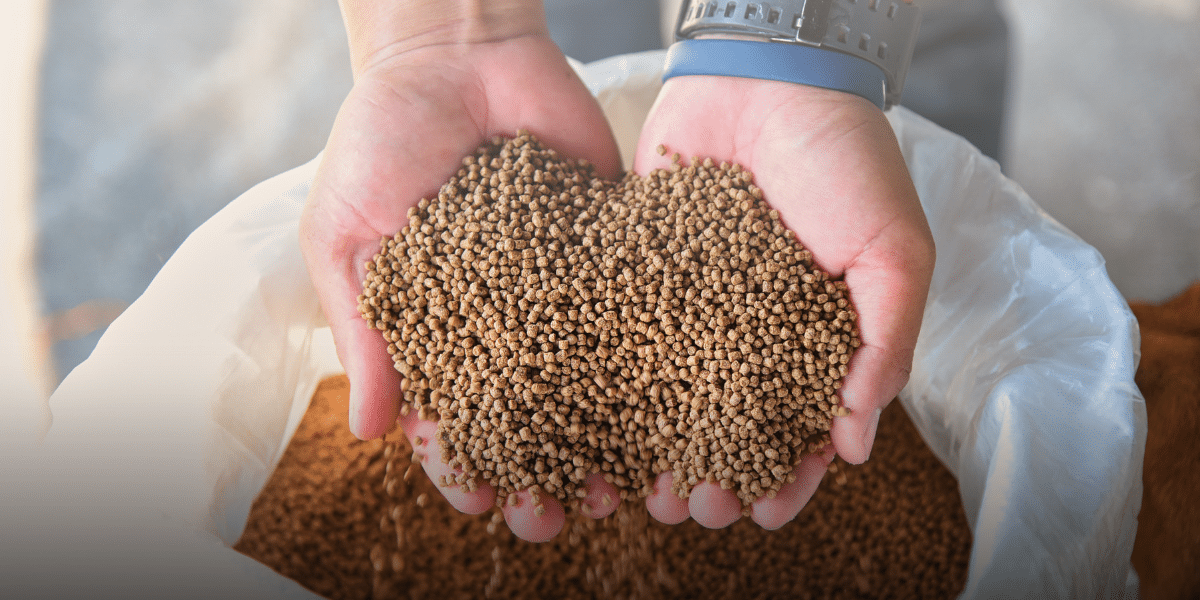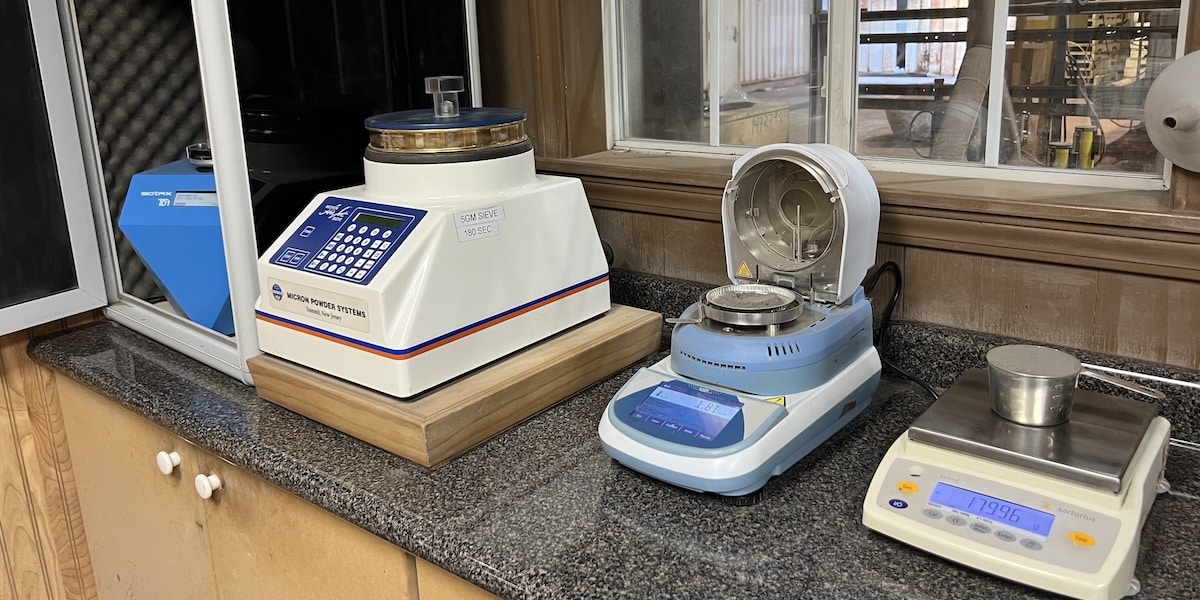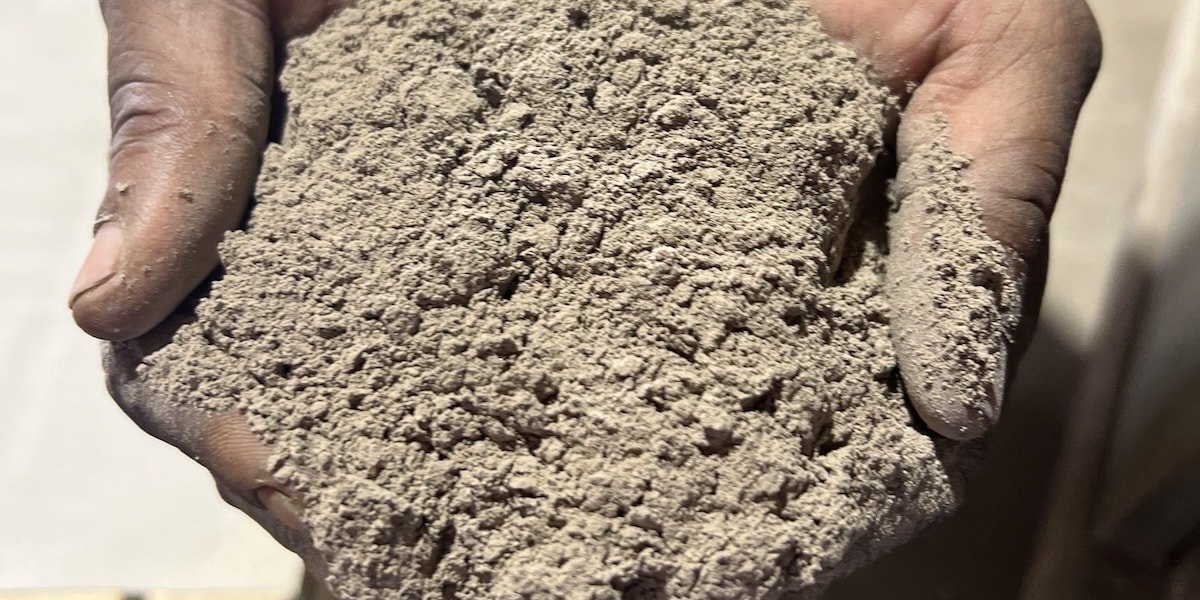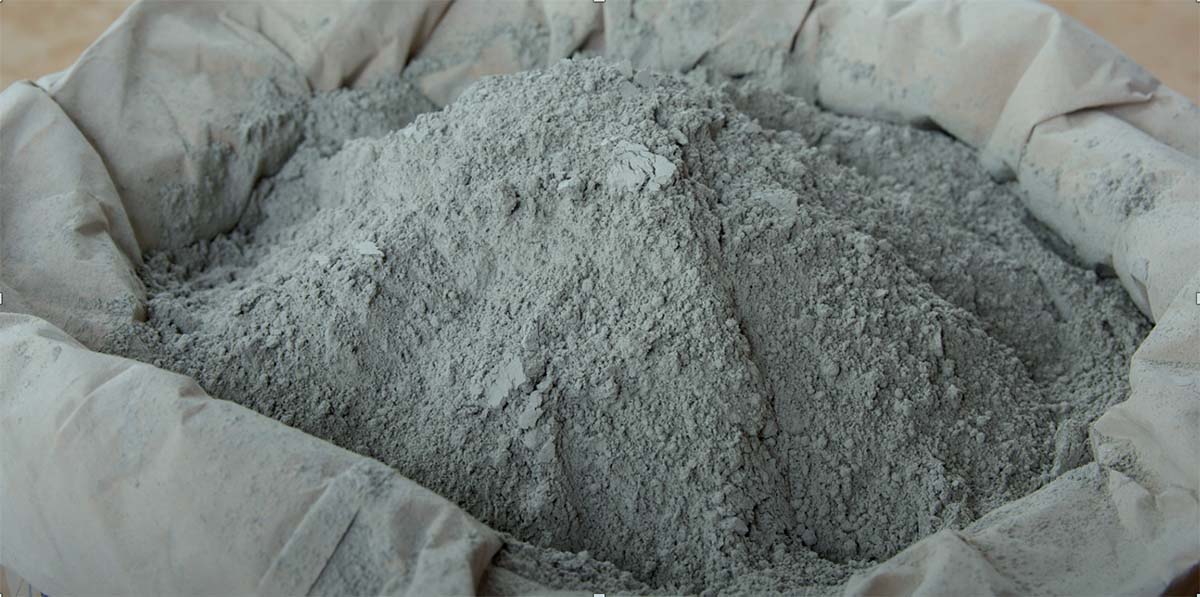Blog
Mesh to Micron Conversion Chart: Mesh Size Guide for Milling
Explaining particle size is important when you’re working with powders, whether you are producing absorbents, additives, fillers or materials for downstream blending. Mesh size and micron...
Read MoreMaterial Processing for Environmental Remediation Projects
Environmental remediation projects have one main goal: remove, stabilize, or neutralize contaminants so the land can be used again without causing new problems. The work varies...
Read MoreThe Role of Fine-Ground Clay in Improving Animal Feed Additives
Clays have been around a long time, and so has the idea of animals eating them. You can still see wild animals do it because it...
Read MoreBulk Density Formula: How to Calculate the Bulk Density of Materials
In milling and material processing, bulk density is one of the first characteristics assessed when handling powders, grains, or granules. It influences how material flows through...
Read MoreContainer Transloading 101: What is Transloading in Logistics?
When freight professionals talk about efficiency, transloading is often part of the conversation. The process is about aligning cargo, equipment, and schedules so goods move seamlessly...
Read MoreComparing Wet vs. Dry Grinding Methods
Grinding plays a big role in shaping how materials perform, move, and get used. Two of the most common approaches, wet and dry grinding, each bring...
Read MoreHow Proper Silo Storage Extends the Shelf Life of Milled Materials
Shelf life isn’t a secondary concern when it comes to milling; it’s central to delivering consistent, reliable product to your customers. Even high-quality milled materials can...
Read MoreIn-House vs. Outsourcing Bulk Material Conveying
Moving bulk materials like powders or granules is a big part of what keeps manufacturing and processing lines running. And how you handle that (doing it...
Read MoreAsset Utilization for Manufacturers: Why Toll Processing Makes Sense
Most manufacturers are trying to do more with what they’ve got. More output, more flexibility, better margins. But here’s the thing: even the best equipment doesn’t...
Read MoreThe Best Methods for Efficient Powder Milling
Getting the right particle size can make or break a product. If your powders aren’t the right size, they won’t mix, dissolve, or perform the way...
Read More








